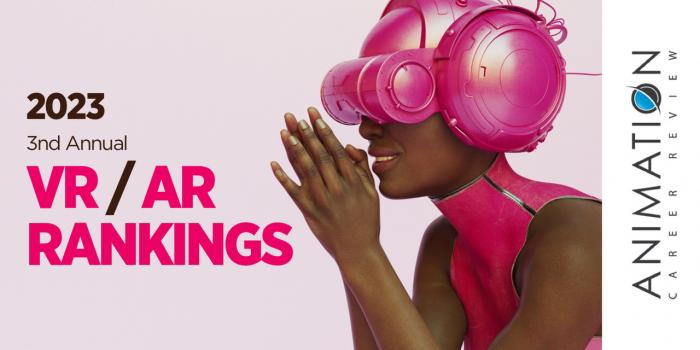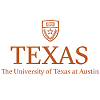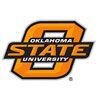The College of Education and Human Sciences at Oklahoma State University (OSU) houses the Department of Design and Merchandising. Within the Department is a state-of-the-art Mixed Reality Lab that utilizes augmented and virtual reality (AR/VR), 3D printing, and digital prototyping for research and projects in teaching. VR tools and equipment in the Lab include a passive 3D projector system, Oculus Rift CV 1, HTV Vice and Gear VR mobile head mounted display systems, interactive and digital screens, gesture-based control devices (Myo), basic-control devices (joy sticks), and 3D mobile scanners.
Augmented reality tools and equipment include Microsoft HoloLens, Vuzix STAR XLD and Epson Moverio BT200 augmented reality display system, and mobile devices and desktops with augmented reality capability and software. The Mixed Reality Lab is also equipped with a perception neuron motion capture system, fNIR (Functional Near Infrared) optical imaging system, Biopac EDA electrodermal activity amplifier system, and Emotiv electroencephalography (EGG) device.
The Mixed Reality Lab also hosts events and workshops. The facility is open to all students and faculty—including those in the OSU Computer Science (CS) Program, and the Design, Housing and Merchandising MS.
Housed in the College of Arts and Sciences’ Department of Computer Science, the OSU CS Program provides the opportunity to study current, new, and emerging technologies such as AR/VR, artificial intelligence (AI), apps, and games. CS students also have opportunities to work with industry professionals to gain a better understanding of markets.
Specific CS degree options for students who would like to study AR/VR include the BS, MS, and PhD in CS, and Minors in CS and Applied Computer Programming (APCP). Course and elective examples across programs include Extended Reality, AI, Machine Learning, Video Game Development, Programing Languages, Video Game Design, C/C++ Programming, Computer Graphics, Cloud Computing and Distributed Systems, Scripting Essentials, Computer Science I-II, Software Engineering, Advanced Topics in Operating Systems, Video Game Production, Organization of Programming Languages, Design and Implementation of Operating Systems, Data Structures and Algorithm Analysis, Computer Systems, and Advanced Topics in Parallel and Distributed Systems.
Graduates of the Computer Science Programs at Oklahoma State University are prepared for careers in all industries that utilize AR/VR. Examples include Entertainment, Aerospace, Education, Game Design and Development, Aviation, Navigation, HealthCare, Manufacturing, Science and Medicine, Policing and Law Enforcement Training, Sports, Travel and Tourism, Corporate Training, Ecommerce, Legal, Marketing, and Real Estate.
The Design, Housing and Merchandising MS at Oklahoma State University has a Digital Design Option. Students in this program have access to the Mixed Reality Lab and the Research Labs of the College of Arts and Sciences. Sample Research Areas include the Design of VR/AR Environments; VR/AR, Machine Vision and Digital Environments; AI, Robotics, and Machine Learning; Computer Architecture and Systems; Cyber-Physical Systems, Networks and Security; and Theoretical Computer Science.
The Design, Housing and Merchandising MS explores areas such as Virtual and Augmented Reality Applications in Design, Housing and Merchandising; Advanced Digital Design Communication; Topics in Building Information Modeling; and Theories of Creative Process in Design and Merchandising. Consisting of 30 credit hours, the MS Program culminates with the students Master’s Thesis. Graduates are prepared to pursue positions in all areas of Augmented and Virtual Reality.
Across programs, recent OSU graduates have been hired at Lockheed Martin, IBM, Halliburton Industries, Merck, Amazon, Dell, ConocoPhillips, and Tyco.
Oklahoma State University was established on Christmas Day in 1890 as Oklahoma Agricultural and Mechanical College. Today, this five-campus system houses seven academic colleges, a veterinary school, an osteopathic medical school, and several centers and institutes. Serving approximately 26,650 students, OSU provides 200 undergraduate majors and options, more than 75 master’s programs, and 45 doctoral programs. Oklahoma State University is accredited by the Higher Learning Commission (HLC).












